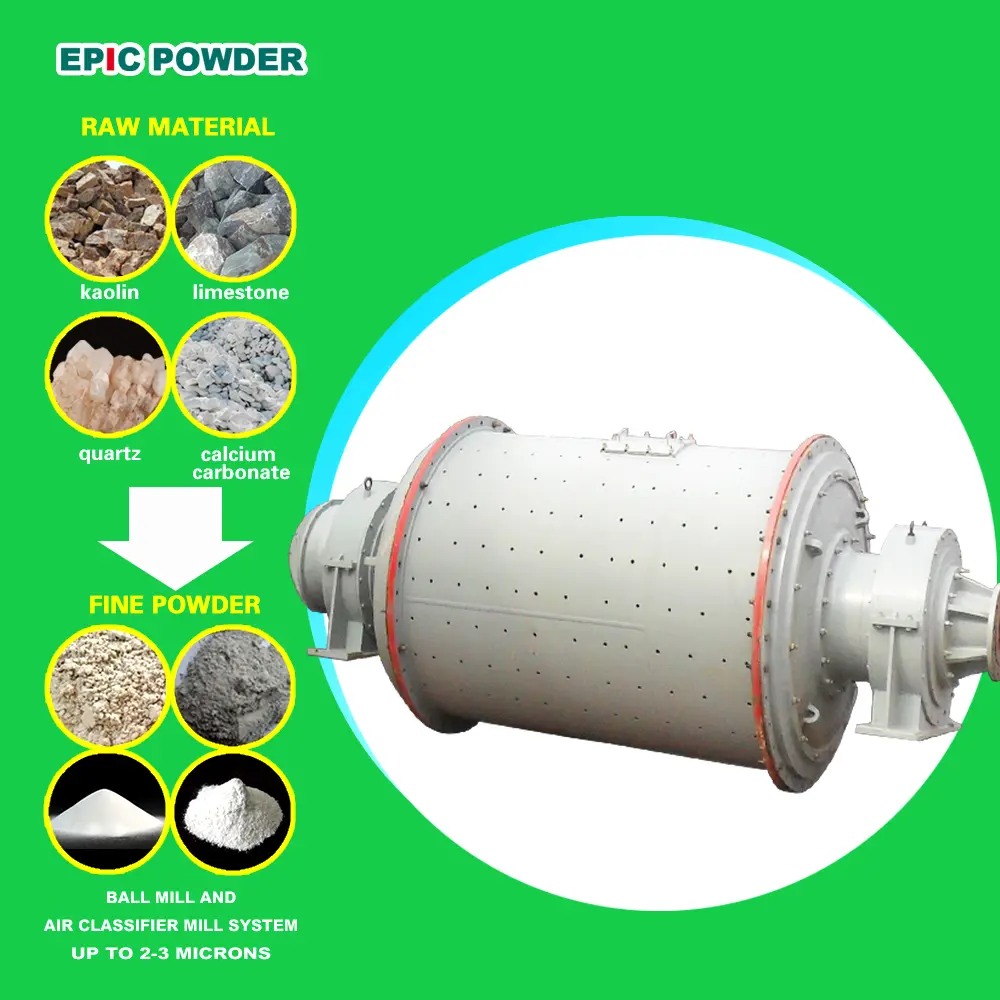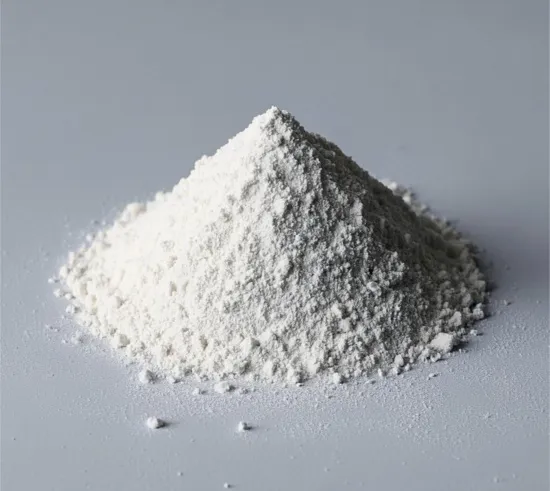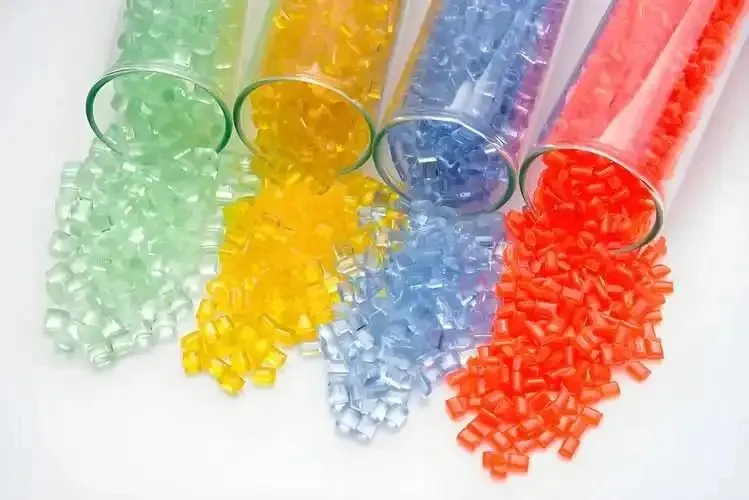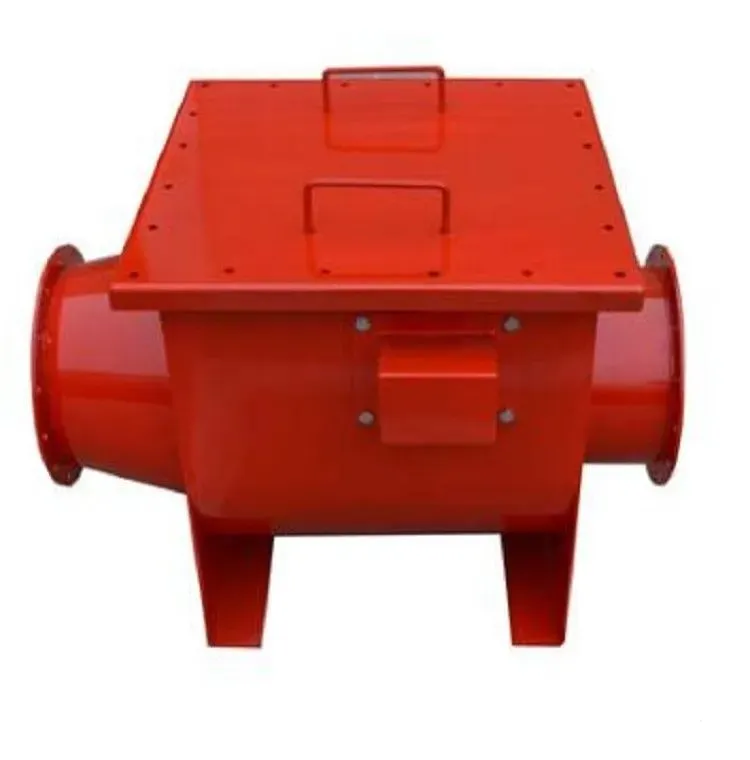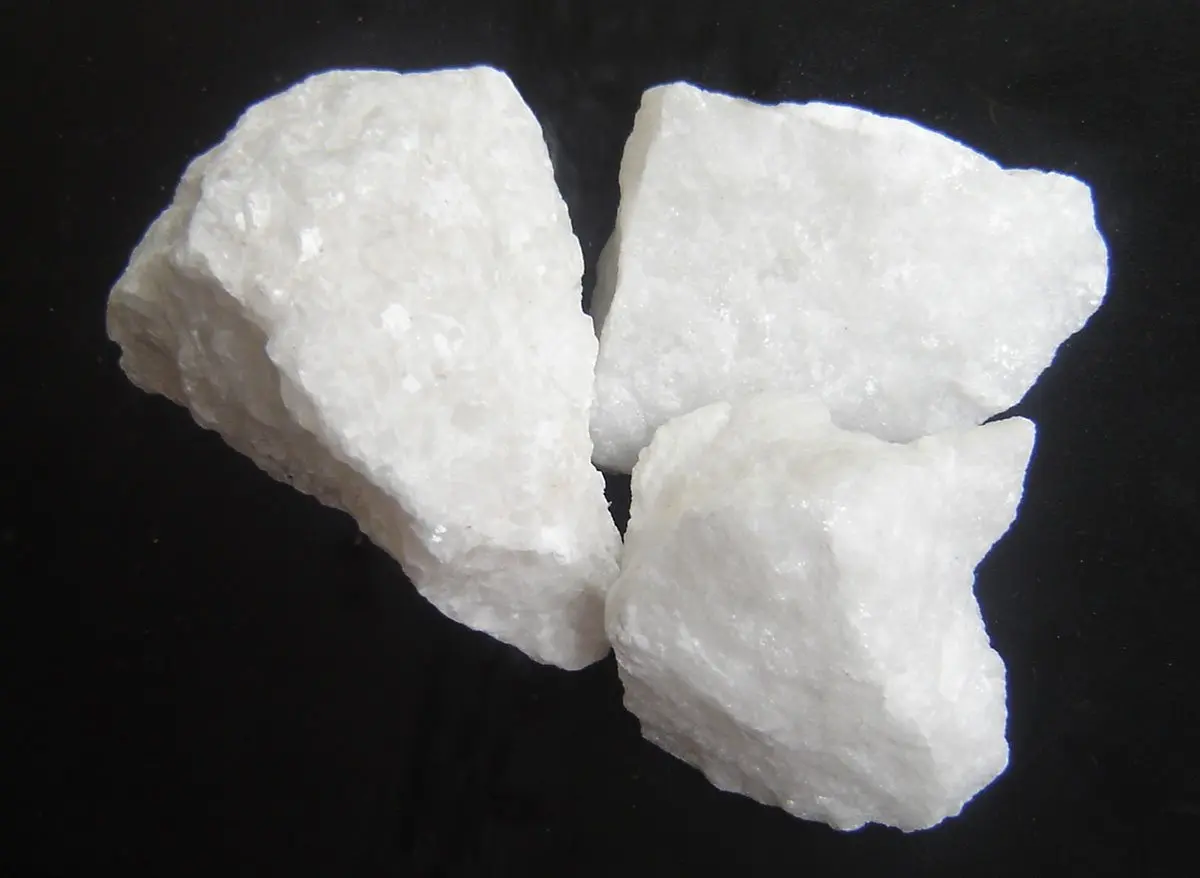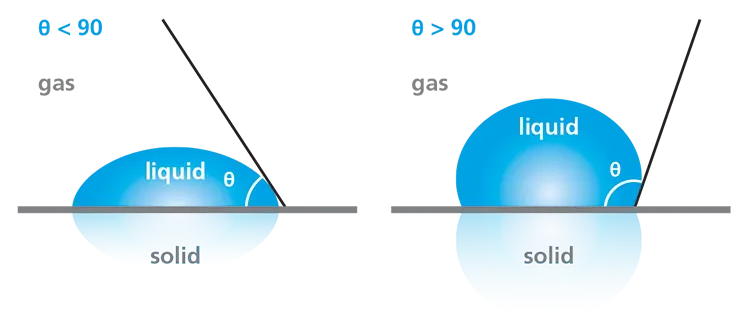In the research and application of ceramic materials, alumina has garnered significant attention. It has excellent physical properties, stable chemical characteristics, and broad application prospects. Thermal conductivity is one of the crucial performance indicators of ceramic materials. It directly influences the efficiency and lifespan of these materials in extreme environments. For instance, high temperatures and high-power density settings.
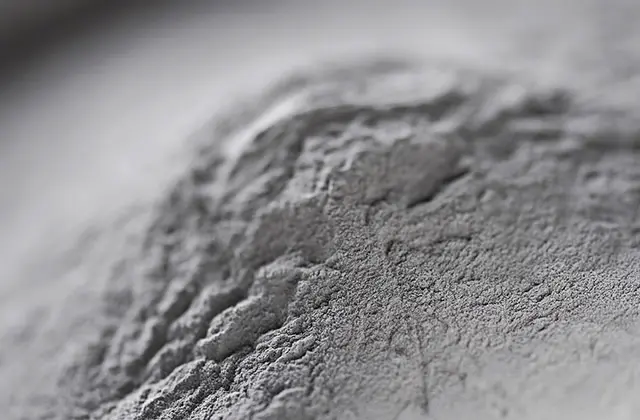
The Importance of Alumina Powder in Ceramic Materials
Alumina powder, as an essential ceramic raw material, plays a vital role in the field of ceramic materials. It offers advantages such as a high melting point, hardness, and chemical stability. These advantages significantly enhances the mechanical strength, thermal stability, and wear resistance of ceramic products.
Effect of Particle Size Distribution on Thermal Conductivity of Ceramics
The properties of alumina are largely determined by its particle size distribution. That is a key factor in controlling grain size and sintering behavior. Research shows that a balanced particle size distribution can promote the densification rate. The grain growth can also be raised during sintering while maintaining high density. In powders with a broad particle size distribution, larger particles form a framework during pressing, while smaller particles fill the gaps, reducing porosity and increasing the density of the green body.
This effect is particularly pronounced in the early stage of sintering, where it accelerates the densification process. In the middle stage, a wide particle size distribution promotes rapid grain growth and reduces isolated pores, ensuring a higher sintering rate throughout the process. However, an excessively broad distribution may cause uneven local densification and lead to oversized grains or coarse pore structures, negatively impacting final thermal conductivity. Therefore, optimizing particle size distribution in conjunction with molding and sintering processes is crucial for achieving high thermal conductivity.
Effect of Morphology on Thermal Conductivity of Ceramics
The shape of alumina particles significantly impacts its compactness and thermal conductivity. Spherical alumina powder, due to its excellent fluidity and packing ability, can effectively reduce pore formation and increase the density of the green body during the molding process. In contrast, flaky or irregularly shaped powders tend to leave more pores after sintering, which lowers the thermal conductivity of the material. Studies have shown that ceramics made with spherical alumina powder exhibit higher transparency and density, indicating superior thermal conductivity.
Although systematic studies on the direct effect of powder morphology on thermal conductivity are limited, initial findings suggest that spherical powders hold great potential for improving the thermal conductivity of ceramics. Further experimental data are needed to support and refine this theory in the future.

